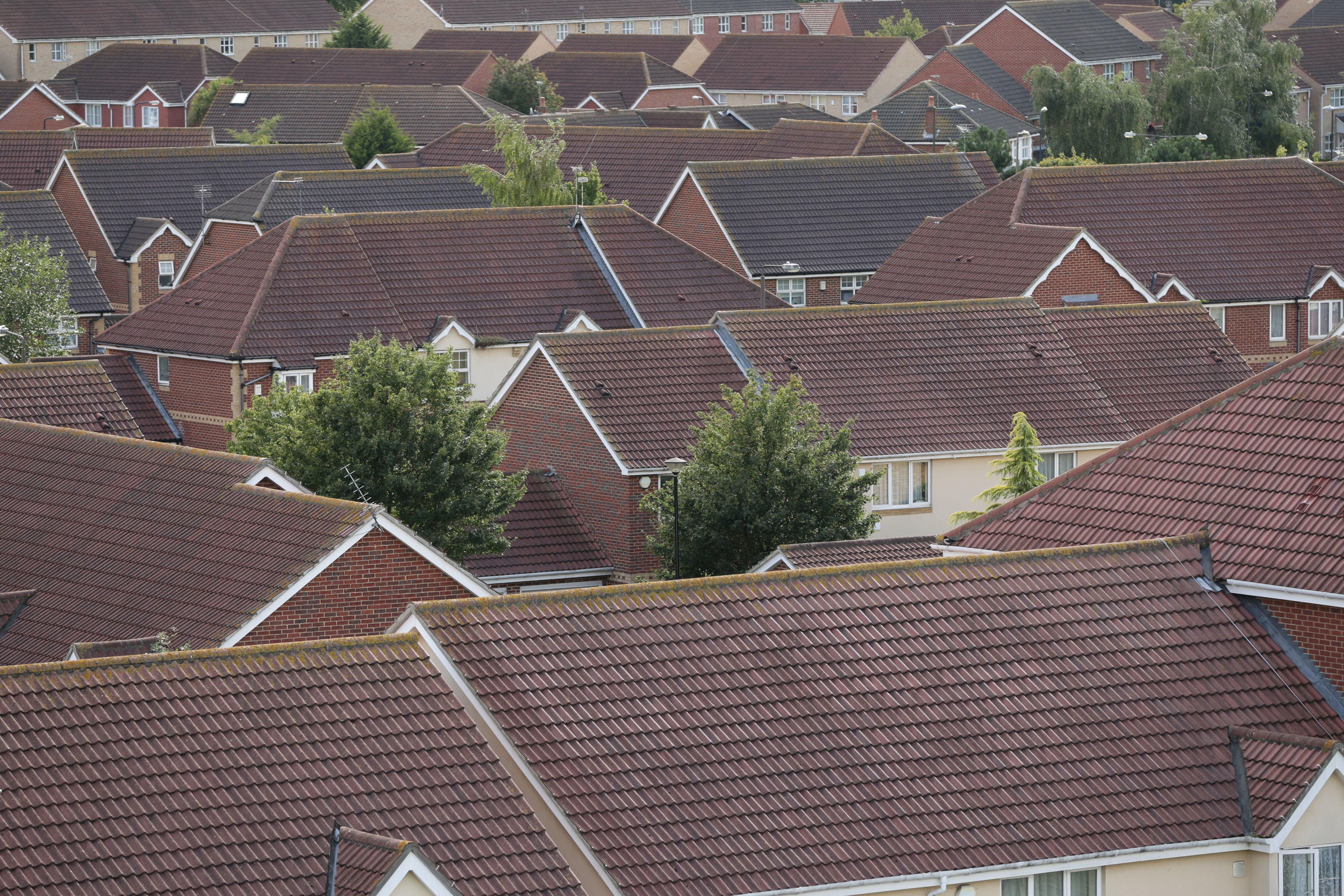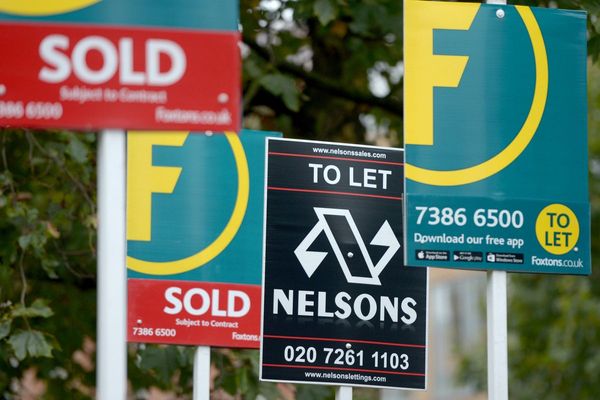
The average house seller in England and Wales last year sold for £91,820 more than they had originally paid for their property. That’s according to the latest analysis.
In percentage terms, the average seller made a 42% gross profit, which was the lowest return since at least 2015, when records started.
On average, sellers had owned their property for just under nine years.
In cash terms, the average gross profit made by sellers in 2024 was £10,830 lower than 2023 and down from a peak of £112,930 in 2022 when strong house price growth pushed gross gains (before costs were factored in) into six figures for the first time in the study.
Despite lower price gains last year, around nine in 10 (91%) households are estimated to have achieved more than they paid.
House sellers saw more than double the percentage gains recorded by those selling a flat last year, according to the research.
The average house sold in 2024 for 47% more than its purchase price, while the average flat sold for 23% more.
Merthyr Tydfil in Wales replaced Barking and Dagenham in London as the local authority where sellers made the biggest percentage price gains on average in 2024, researchers said.
The average seller in Merthyr Tydfil received 68% more (£59,590 in cash terms) for their home than they paid.
Figures by location
Here are the 2024 seller gains by region, according to Hamptons, with the average percentage difference between the sale and purchase price followed by the average cash difference between the sale and purchase price, the percentage of homeowners who sold for more than they paid and the average number of years of ownership:
Wales, 48%, £66,710, 93%, 8.7
North West, 44%, £64,830, 92%, 8.8
London, 44%, £172,350, 86%, 9.6
East Midlands, 44%, £71,530, 93%, 8.7
East of England, 42%, £100,270, 92%, 8.9
West Midlands, 42%, £72,980, 92%, 8.6
South West, 41%, £96,090, 93%, 8.5
South East, 41%, £116,560, 92%, 9.1
Yorkshire and the Humber, 40%, £60,380, 92%, 8.9
North East, 30%, £38,220, 86%, 8.0
England and Wales, 42%, £91,820, 91%, 8.9
The average price gain made by house sellers in London last year fell below £200,000 for the first time since at least 2015.
The average 2024 seller in London saw the value of their property rise by £172,350 since purchase, £31,840 less than those who sold in 2023.
In percentage terms, the average London home sold for 44% more than its purchase price, a figure that has been declining since peaking in 2016, when Londoners sold for double the price they had paid (a 100% increase) on average.
In general, property gains peaked in 2016 when the average home in England and Wales sold for 60% more than its purchase price, Hamptons said.

It said many 2016 sellers had bought their home just after the financial downturn, from which house prices generally recovered quickly, particularly in the south of England.
With house prices rising over the long term, homeowners who have hung on to their property for longer tend to have made bigger percentage gains.
The average homeowner in England and Wales who sold in 2024 having bought 20 years ago sold for 83% more than they paid, compared with a 27% gross profit for those who had bought five years ago, Hamptons said.
But slower house price growth in recent years has suppressed gains, it added.
Those who sold in 2019 having owned a home for 20 years sold for 220% more than they paid, significantly outperforming 2024 sellers who had owned their home for the same period, due to the strength of price growth in the early 2000s.
Hamptons used Land Registry property sales data to match homes that were sold in 2024 with their previous purchase, using data looking back more than 20 years.
Aneisha Beveridge, head of research at Hamptons, said that on top of slower price growth in recent years, households have had to grapple with higher mortgage and transaction costs, such as stamp duty, making it more costly to move.
She said: “Until property prices recover, or transaction and mortgage costs decrease, homeowners are likely to stay put for longer.
“Usually, homeowners need to inject thousands of pounds from their own pocket to make a move financially viable, which often scuppers many potential sales.”










